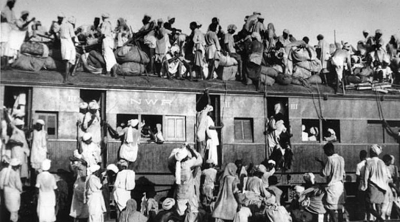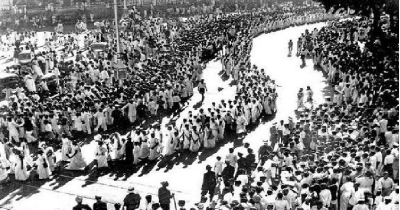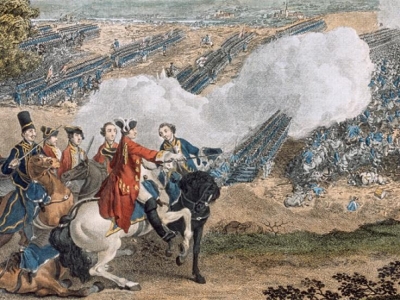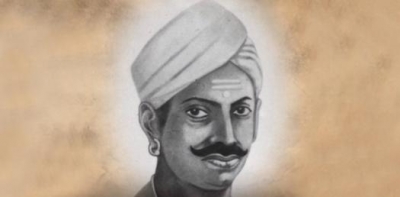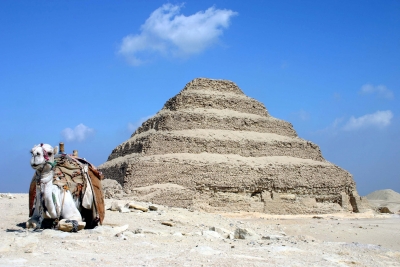
In early March 2020, Egypt reopened the Pyramid of Djoser to the public after extensive restoration costing close to USD 6.6 million. A part of the larger UNESCO World Heritage Site of Memphis and its Necropolis, the Pyramid Fields from Giza to Dahshur, the Pyramid of Djoser is the oldest pyramid in the world.
Situated in Saqqara, Egypt, the pyramid was built over 4,700 years ago. It takes its name after Pharaoh Djoser and serves as his burial place.
Djoser and his grand wish
Djoser, also known as Zoser, was an ancient Egyptian pharaoh of the third dynasty of the Old Kingdom who ruled for 19 years between 2630 and 2611 BC.
During his rule, Djoser tasked his vizier Imhotep with the construction of his burial chamber. A man of many talents, Imhotep is widely considered to have been the architect of the pyramid.
He initially designed the structure as a traditional, flat-roofed tomb with sloping sides called a mastaba. However, Djoser wanted something grander. And this grand wish culminated in the construction of a six-step pyramid, which was the largest of its time and inspired those that were built later.
The majestic pyramid
The Pyramid of Djoser was assembled during the 19 years of Djoser’s rule. The mighty six-step pyramid contains close to 11.6 million cubic feet of stone and clay. Part of a larger 40-acre complex, the pyramid stands at a height of 197 feet.
The burial chamber of Djoser and his 11 daughters is located deep within the pyramid. It is part of the pyramid’s maze-like series of tunnels which are roughly 5.5 km in length. Researchers believe the tunnels were designed to prevent theft. However, it is felt that these tunnels might have been a reason for the pyramid’s deterioration.
Deterioration and conservation
By the beginning of the 21st Century, experts believed that the pyramid was on the verge of collapse. It had suffered severe damage due to winds and natural disasters, including a massive earthquake in 1992.
Without conservation, the tunnels could collapse, bringing down the pyramid with it.
In 2006, restoration of the pyramid began. However, work had to be halted for two years from 2011 to 2013 due to the uprising that saw the expulsion of the then Egyptian president Hosni Mubarak.
Conservation work within the structure proved to be difficult. To prevent the stone walls from crumbling inwards, engineers inflated airbags to prop up the roofs of the pyramid’s six-stacked terraces.
Conservation was also plagued by controversy, with experts claiming that it was only worsening the condition of the pyramid.
All’s well that ends well
Though not completely restored to its former glory, the pyramid was opened to the public in March 2020.
The structure is now fitted with a new lighting system and an accessible entry for people with disabilities.
Picture Credit : Google


